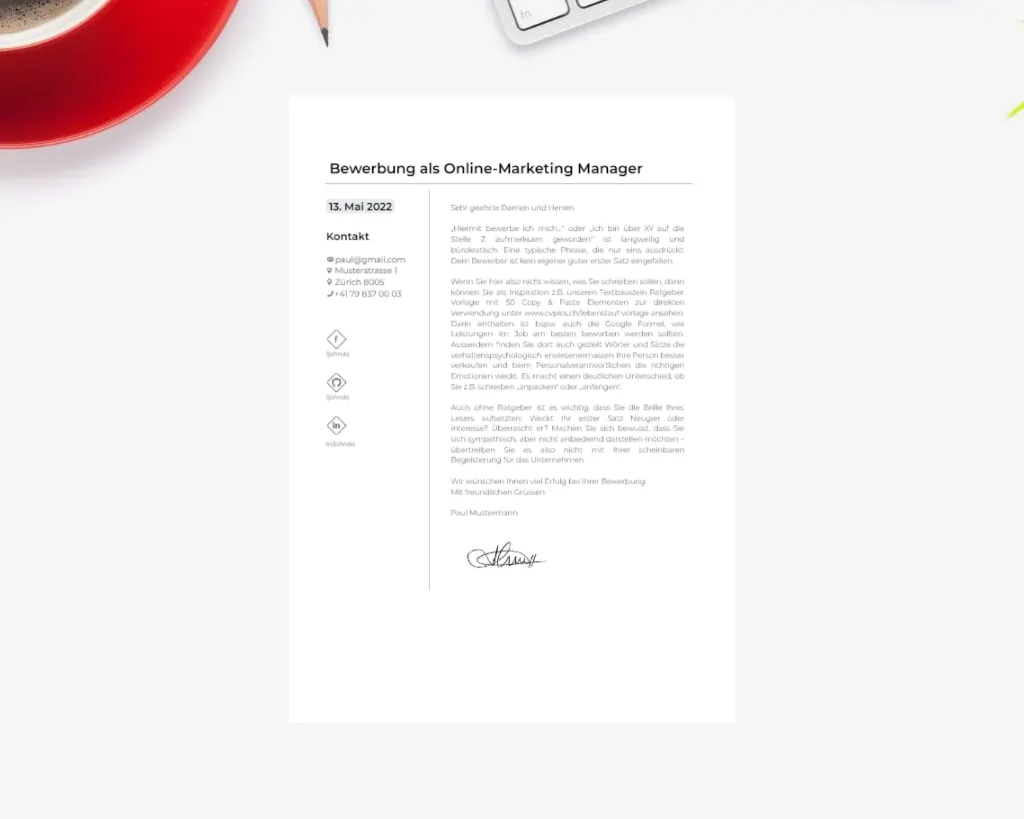In this blog post, I delve into the top 10 AI image editors of 2024, providing a comprehensive overview of each tool, including their strengths, weaknesses, and unique features. Whether you’re a professional designer or an occasional user, this guide will help you find the ideal AI-powered image editor to meet your creative needs. With tools ranging from industry-standard software like Adobe Photoshop to user-friendly platforms like Canva, this list covers the full spectrum of options available today.
My Top Picks
Among the tools discussed, Adobe Photoshop, Luminar Neo, and Canva stand out for their powerful features, ease of use, and ability to deliver professional-quality results.
Top AI Image Editors
1. Adobe Photoshop
Adobe Photoshop is widely regarded as the most powerful photo editing software available, and its integration of AI features has only solidified its dominance. The AI tools in Photoshop are designed to streamline complex editing processes, making tasks like object removal, background replacement, and even creative image generation more intuitive and efficient. Features like Generative Fill allow users to replace or expand parts of an image with just a few clicks, blending new elements seamlessly into the original content.
Pros:
- Comprehensive AI tools: Photoshop’s AI capabilities are extensive, including Neural Filters that can intelligently adjust facial expressions, generate new content, and even apply artistic styles to photos.
- Professional-level results: The software’s ability to produce high-quality, industry-standard images makes it indispensable for professionals.
- Extensive customization options: From layers and masks to customizable brushes and filters, Photoshop offers unparalleled control over every aspect of the image editing process.
Cons:
- Steep learning curve: Photoshop is known for its complexity, which can be overwhelming for beginners. Mastery requires significant time and practice.
- High cost: Adobe Photoshop is a subscription-based service, which can be expensive, especially for occasional users.
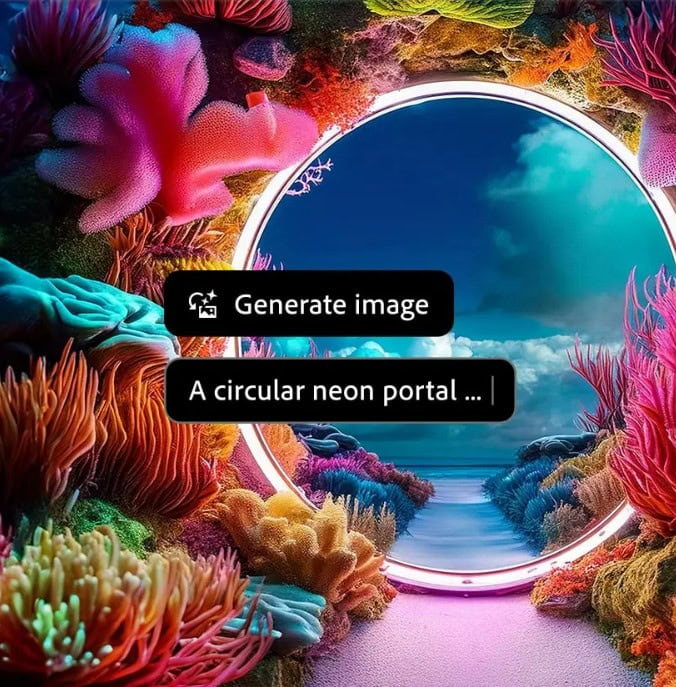
My Opinion:
For professional image editor, Photoshop is my tool of choice. Its AI features, particularly Generative Fill, have revolutionized how I approach complex edits, saving time without compromising quality. While the learning curve is steep, the investment in time pays off with the ability to create virtually anything imaginable.
2. Luminar Neo
Luminar Neo by Skylum is a powerful AI-driven photo editing tool that has quickly gained popularity for its deep AI integration and user-friendly interface. Unlike other editing software that requires extensive manual adjustments, Luminar Neo automates many aspects of the editing process. Features like Sky Replacement, which allows you to swap out the sky in any photo with a few clicks, and Relighting, which intelligently adjusts the lighting in a scene, make it particularly appealing to photographers looking for quick yet professional results.
Pros:
- Intuitive interface: Luminar Neo’s design focuses on usability, making it accessible even to those who are new to photo editing.
- Powerful AI features: The software excels in AI-driven tools, such as automatic skin retouching, background enhancement, and intelligent contrast adjustments.
- More affordable than Photoshop: Luminar Neo offers a cost-effective alternative to Photoshop, with a one-time purchase option that avoids the ongoing subscription fees.
Cons:
- Limited customization compared to Photoshop: While Luminar Neo offers many automated features, it lacks the granular control found in more advanced editing software.
- Smaller user community: With a smaller user base, there are fewer tutorials and community resources available compared to more established tools like Photoshop.
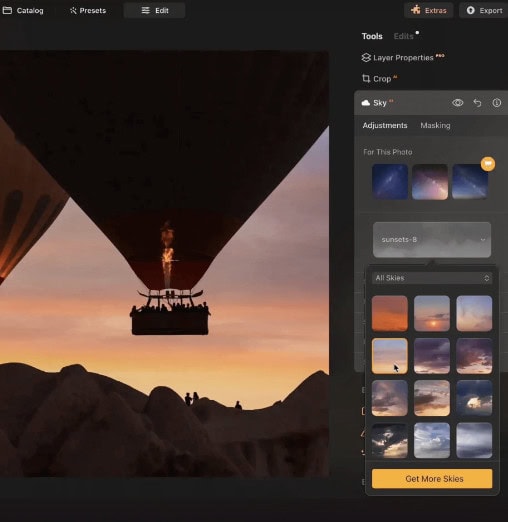
3. Canva
Canva is a versatile online design platform that has become a go-to tool for both professional designers and casual users. It’s best known for its ease of use and the vast library of templates that allow users to create everything from social media graphics to presentations and posters. Canva has also integrated several AI features, such as the Magic Eraser and Magic Edit, which simplify the photo editing process by allowing users to remove or modify elements in their images with just a few clicks.
Pros:
- User-friendly, ideal for beginners: Canva’s drag-and-drop interface makes it easy to use, even for those with no prior design experience.
- Extensive design templates: With thousands of templates covering a wide range of design needs, Canva enables users to create professional-looking designs quickly and easily.
- Free access to many features: Canva offers a free version that includes access to a significant portion of its features, making it accessible to users on a budget.
Cons:
- AI features are limited in the free version: While the free version of Canva is powerful, some of the more advanced AI features are only available in the paid Pro version.
- Less powerful for complex editing: Canva is ideal for basic editing and design tasks, but it lacks the depth and control needed for more complex projects.
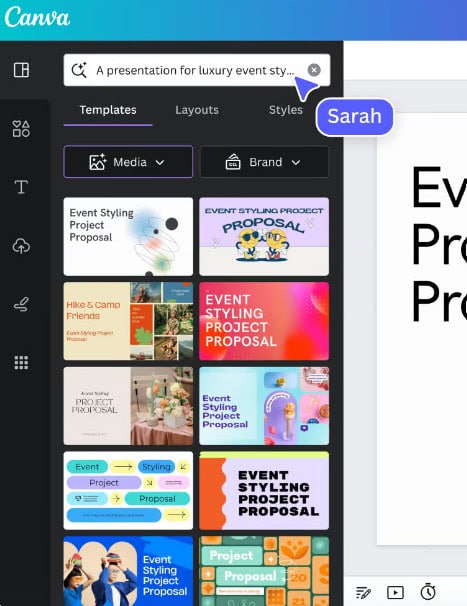
My Opinion:
Canva is my go-to tool for quick design tasks, especially when I need to create something visually appealing on short notice. Its AI tools, such as the Magic Eraser, are incredibly simple to use and can quickly clean up images without the need for in-depth editing. However, when I need more control over the finer details, I prefer to use more specialized software.
4. Pixlr
Pixlr is a free online image editor that offers a surprisingly robust set of tools for a web-based platform. It includes various AI-powered features, such as automatic background removal and face retouching, making it an excellent option for users who need quick and easy editing solutions without downloading software. Pixlr’s interface is straightforward, allowing users to edit images with a few simple clicks, making it accessible even to beginners.
Pros:
- Free and easy to access: Pixlr is available directly in your web browser, and many of its features are free to use.
- Simple to use: The platform’s user-friendly design makes it easy to perform basic edits quickly.
- AI tools for quick edits: Features like the AI-powered background remover and face retouching tools provide users with powerful editing capabilities without needing advanced skills.
Cons:
- Fewer advanced features compared to other tools: While Pixlr is great for basic edits, it doesn’t offer the same level of control or depth as more advanced software like Photoshop.
- Limited user customization: The tools are mostly automated, which can be limiting for users who want more manual control over their edits.

5. Picsart
Picsart is a mobile-focused image editing app that offers a wide array of AI-powered tools, making it a popular choice among social media influencers and casual photographers. The app includes features such as AI-based background removal, filters, and effects that are specifically designed to enhance mobile photos. Picsart’s community-driven platform also allows users to share their creations and gain inspiration from others.
Pros:
- Optimized for mobile use: Picsart is designed to be used on smartphones, making it easy to edit photos on the go.
- Diverse AI effects and filters: The app includes a wide range of AI-powered effects and filters that can transform images with just a tap.
- Affordable: While the app offers a free version, the paid options are also reasonably priced, making it accessible to a wide audience.
Cons:
- Limited features compared to desktop tools: While Picsart is powerful for a mobile app, it doesn’t offer the same depth of editing features as desktop software.
- Ads in the free version: The free version of Picsart includes ads, which can be distracting during the editing process.
Personal Insight: Picsart is my go-to app for mobile photo editing. It’s incredibly convenient and packed with features that make it easy to enhance photos quickly. I especially enjoy using the AI filters, which can dramatically change the look of a photo with minimal effort. However, for more detailed work, I still prefer using desktop tools.
6. BeFunky
BeFunky is an all-in-one online creative platform that offers a wide range of AI-enhanced photo editing tools. Known for its user-friendly interface, BeFunky provides both basic and advanced editing features, making it a versatile choice for various creative needs. Its AI tools include background removal, image enhancement, and a collage maker, making it a comprehensive tool for those who want to create professional-quality images with ease.
Pros:
- User-friendly interface: BeFunky is designed to be intuitive, allowing users of all skill levels to edit images with ease.
- Extensive feature set: Beyond photo editing, BeFunky includes tools for creating collages, graphic designs, and more, all within a single platform.
- AI tools like background remover and image enhancer: These tools simplify the editing process, enabling users to achieve high-quality results without extensive manual work.
Cons:
- Watermark on free version: The free version of BeFunky includes a watermark on edited images,Cons:
- Watermark on free version: The free version of BeFunky includes a watermark on edited images, which might be a drawback for users who need clean, professional output.
- Some advanced features require a subscription: While BeFunky offers many free tools, the most powerful AI-enhanced features are locked behind a subscription.
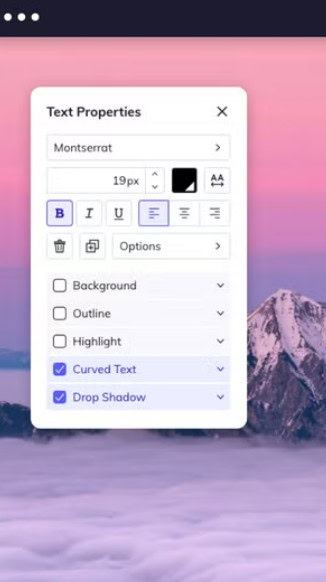
My Opinion:
BeFunky strikes a great balance between simplicity and functionality. It’s perfect for users who want to quickly create polished images without diving too deep into the complexities of image editing. The AI tools, like background remover and image enhancer, are particularly effective and save a lot of time. For anyone looking for an easy-to-use platform with a wide range of capabilities, BeFunky is a solid choice.
7. VanceAI
VanceAI is a professional-grade AI-powered image editor that excels in enhancing and upscaling images. It uses advanced algorithms to improve image quality by removing noise, sharpening details, and increasing resolution. VanceAI also offers tools for background removal and color correction, making it a comprehensive solution for photographers and designers who require high-quality outputs.
Pros:
- High-quality image enhancement: VanceAI’s ability to upscale images without losing quality makes it an invaluable tool for professionals who need to maintain high standards.
- AI-powered upscaling: The software can increase the resolution of an image by up to 800%, making it ideal for printing and large-scale projects.
- Multiple customization options: Users can fine-tune various aspects of the image, from color balance to sharpness, ensuring that the final product meets their exact specifications.
Cons:
- More expensive than other tools: VanceAI is priced higher than many other AI image editors, reflecting its focus on professional-grade features.
- Best suited for professional use: While powerful, VanceAI might be overkill for casual users who don’t need such advanced capabilities.
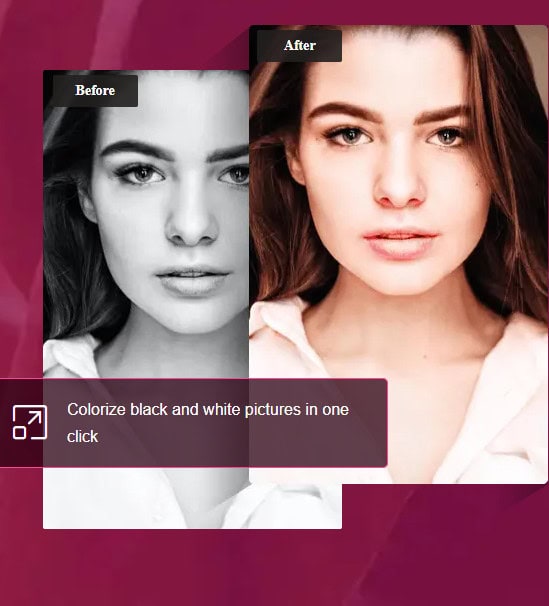
8. Runway ML
Runway ML is a cutting-edge AI tool designed for creative professionals who work in video and image editing. This software goes beyond traditional editing by offering innovative features like text-to-image generation, object detection, and even AI-powered video editing. Runway ML is particularly popular among artists, filmmakers, and designers who want to experiment with the latest in AI technology.
Pros:
- Versatile AI features: Runway ML offers a wide range of tools that go beyond simple image editing, including features for video transformation and generative design.
- Extensive customization: Users have significant control over the AI tools, allowing for creative and innovative outputs.
- Ideal for creative projects: The software is perfect for those looking to push the boundaries of what’s possible with AI in creative industries.
Cons:
- Steep learning curve: Due to its advanced features, Runway ML requires a substantial amount of time to master.
- Expensive: The cost reflects its professional-grade capabilities, making it less accessible for hobbyists or those on a tight budget.
Personal Insight: Runway ML feels like a playground for creative professionals. The possibilities with this tool are virtually limitless if you’re willing to invest the time to learn its intricacies. For me, it’s an exciting way to explore new creative avenues, though it’s not something I’d recommend for quick or simple edits.




